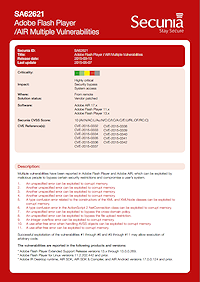Airlock Digital v4.5- New Features!
Application control and Application Whitelisting is the number 1 mitigation strategy as directed by the ACSC and Australian Signals Directorate’s Essential Eight framework. Airlock Digital Application control and Whitelisting platform continues to mature and serve as a comprehensive solution for organisations to use it across their entire environment . Airlock Digital is an Austrlian sovereign, purpose-built, application whitelisting and safelisting platform designed to perform application whitelisting at scale, making application whitelisting, safelisting, and blocklisting simple in complex and changing enterprise environments. The platforms allows for creating, deploying and managing application whitelists at a rapid pace, enabling organisations to become secure and compliant, quicker.
What’s new in v4.5
CrowdStrike Integration: CrowdStrike Falcon customers are able to trace blocks and audit exceptions, manage their safelists and more through Crowdstrike’s Falcon Dashboard from the Airlock web management console. CrowdStrike customers can also start atrial of Airlock from with-in the CrowdStrike Store and manage deployment of Airlock capability via the Falcon Sensor.
Application whitelisting for Linux: New Linux agent support now allows Airlock customers to implement application whitelisting and system hardening on Linux servers and workstations.
Roles and Group-based filtering and restriction: Assign users to only see and manage computers in certain policy groups, useful for managing different teams looking after different servers and workstations, making the management of large user groups significantly easier.
Parent Process Whitelisting & Blacklisting: Administrators can define trusted applications that can be used to execute code on a system, particularly useful for developers that may require the ability to compile and execute unsigned code from a particular application without restriction.
Offline Application Captures: Updates now allow for Application Captures to be performed offline without an Airlock server connection and can be initiated without requiring server access, helping improve the speed and flexibility of capturing applications.
Learn More about Airlock Digital | Request a Demo


